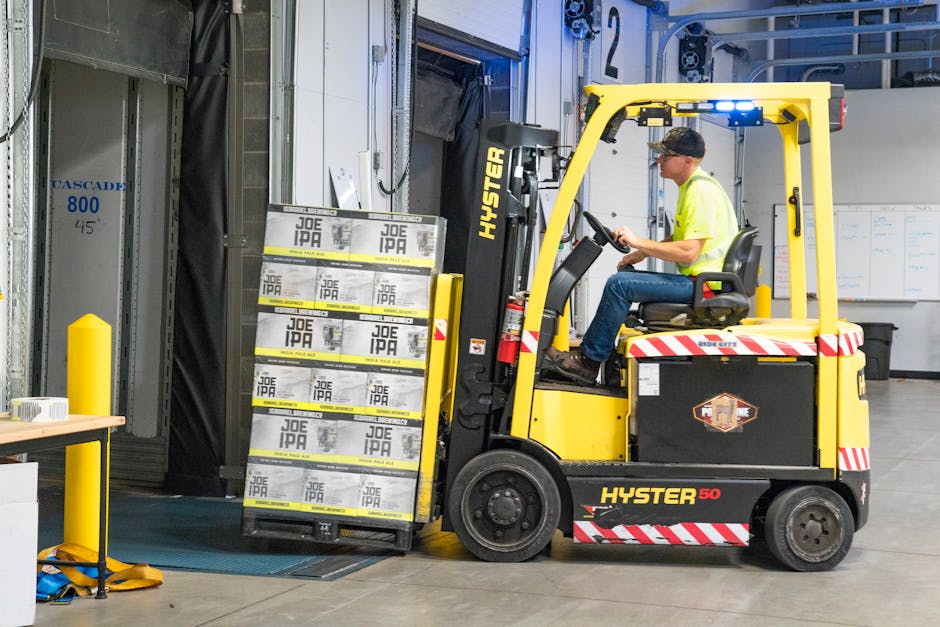Tips for Avoiding High-Risk Driver Status
Driving is a part of everyday life for many people, but not everyone approaches it with the same caution and responsibility. Some drivers engage in risky behaviors that can not only endanger themselves but also put others on the road at risk. Being labeled as a high-risk driver can have serious consequences, including higher insurance premiums, license suspension, and even legal issues. In this article, we will delve into the world of high-risk driving and explore tips to help you avoid falling into this category.
The Dangers of High-Risk Driving

High-risk driving encompasses a wide range of behaviors that increase the likelihood of accidents and violations. Some common examples include speeding, aggressive driving, distracted driving (such as texting or talking on the phone), driving under the influence of drugs or alcohol, and not following traffic laws. These actions not only endanger the driver but also other motorists, pedestrians, and passengers.
According to the National Highway Traffic Safety Administration (NHTSA), in 2019, there were 36,096 fatalities in motor vehicle crashes in the United States. Many of these accidents could have been prevented if drivers had followed basic safety guidelines and avoided high-risk behaviors. Let’s explore some tips to help you steer clear of high-risk driver status and stay safe on the road.
1. Follow Traffic Laws

One of the most effective ways to avoid being labeled as a high-risk driver is to follow all traffic laws and regulations. This includes obeying speed limits, using turn signals, stopping at red lights and stop signs, and yielding the right of way when necessary. By respecting these rules, you not only reduce your risk of accidents but also demonstrate responsible driving behavior.
Research has shown that drivers who consistently follow traffic laws are less likely to be involved in accidents. Additionally, obeying speed limits can help prevent speeding tickets and other violations that could label you as a high-risk driver. Remember, traffic laws are in place to protect everyone on the road, so it’s important to adhere to them at all times.
2. Avoid Distractions

Distracted driving is a leading cause of accidents and fatalities on the road. Activities like texting, talking on the phone, eating, or adjusting the radio can take your focus away from the task of driving and increase the likelihood of a crash. To avoid becoming a high-risk driver, it’s crucial to eliminate distractions while behind the wheel.
One way to reduce distractions is to silence your phone or put it away while driving. If you need to make a call or send a message, pull over to a safe location and then resume driving. Avoid eating or drinking while driving, as it can divert your attention from the road. By staying focused on driving, you can lower your risk of accidents and maintain a clean driving record.
3. Practice Defensive Driving

Defensive driving is a technique that involves anticipating potential hazards on the road and taking proactive measures to avoid accidents. By staying alert, maintaining a safe following distance, and being aware of your surroundings, you can reduce the risk of collisions and protect yourself and others on the road.
Defensive driving also involves staying calm and patient in challenging situations, such as heavy traffic or aggressive drivers. Avoid engaging in road rage or retaliating against other motorists, as this can escalate conflicts and increase the likelihood of accidents. By practicing defensive driving techniques, you can minimize your risk of being involved in high-risk behaviors.
4. Avoid Driving Under the Influence
Driving under the influence of drugs or alcohol is one of the most dangerous high-risk behaviors a driver can engage in. Impaired driving not only endangers your life but also puts others at risk of serious injury or death. To avoid high-risk driver status, it’s essential to never drive under the influence of alcohol, drugs, or any other substances that impair your judgment and reaction time.
If you plan to drink, always designate a sober driver or use a ride-sharing service to get home safely. Remember that even small amounts of alcohol or drugs can impair your ability to drive, so it’s best to err on the side of caution and avoid driving altogether if you have consumed any substances. By making responsible choices, you can protect yourself and others on the road.
5. Maintain Your Vehicle
Another important aspect of safe driving is ensuring that your vehicle is properly maintained and in good working condition. Regularly inspecting your car for any issues, such as worn tires, faulty brakes, or broken lights, can help prevent breakdowns and accidents on the road. By taking care of your vehicle, you reduce the risk of being involved in high-risk situations.
Make sure to schedule routine maintenance appointments and address any problems promptly to keep your vehicle running smoothly. Check your tire pressure, oil levels, and brake pads regularly to ensure that your car is safe to drive. By investing time and effort in maintaining your vehicle, you can lower your risk of accidents and demonstrate responsible driving behavior.
6. Take a Defensive Driving Course
If you want to enhance your driving skills and reduce your risk of accidents, consider taking a defensive driving course. These courses teach advanced techniques for hazard avoidance, safe driving practices, and emergency maneuvers that can help you become a more confident and competent driver. By investing in your education, you can improve your driving abilities and lower your risk of being labeled as a high-risk driver.
Defensive driving courses are available online and in-person, with options for drivers of all experience levels. Many insurance companies offer discounts to drivers who complete a defensive driving course, so not only will you learn valuable skills, but you may also save money on your premiums. Consider enrolling in a course to sharpen your driving skills and protect yourself on the road.
7. Monitor Your Driving Habits
One way to avoid high-risk driver status is to monitor your driving habits and make adjustments as needed. Use technology such as smartphone apps or telematics devices to track your speed, braking, acceleration, and other driving behaviors. By analyzing this data, you can identify areas where you can improve and become a safer driver.
Some insurance companies offer usage-based insurance programs that use telematics devices to monitor your driving habits and adjust your premiums accordingly. By demonstrating safe driving behaviors, you can lower your insurance costs and avoid being labeled as a high-risk driver. Take advantage of these tools to become more aware of your driving habits and make positive changes to enhance your safety on the road.
Expert Opinions
According to Dr. Sarah Johnson, a transportation safety expert, “High-risk driving behaviors are a major contributor to accidents and fatalities on the road. By following these tips and practicing safe driving habits, motorists can reduce their risk of being involved in high-risk situations and protect themselves and others on the road.”
Conclusion
In conclusion, avoiding high-risk driver status requires a combination of responsible behavior, safe driving practices, and continuous improvement. By following traffic laws, avoiding distractions, practicing defensive driving, staying sober behind the wheel, maintaining your vehicle, investing in education, and monitoring your driving habits, you can reduce your risk of accidents and demonstrate your commitment to safety on the road. Remember that safe driving is not just about following rules but also about protecting yourself and others from harm. Take the necessary steps to become a safe and responsible driver, and you’ll enjoy a lifetime of safe travels.
To wrap things up, always prioritize safety on the road and strive to be a role model for other drivers. By taking proactive measures to avoid high-risk behaviors, you can protect yourself and others and contribute to a safer driving environment for everyone.




